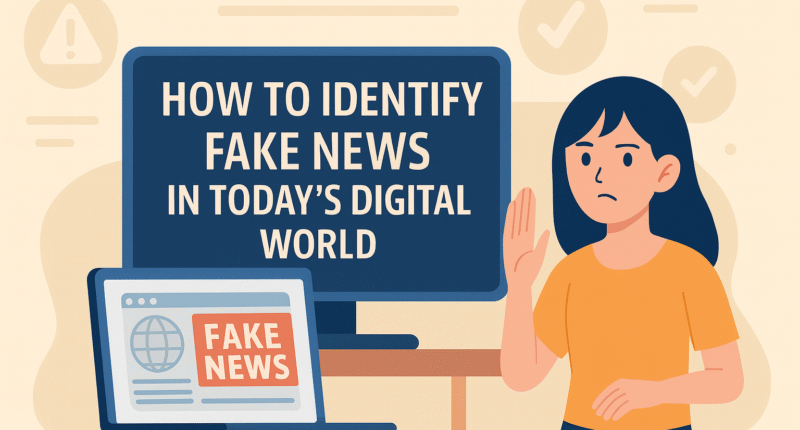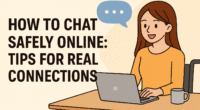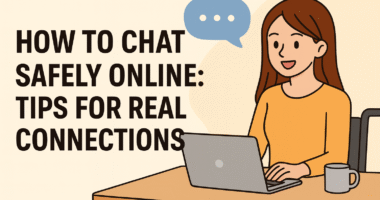In today’s fast-paced digital age, information spreads faster than ever before. Unfortunately, this also means that fake news can reach millions of people within seconds. Identifying false information is crucial for making informed decisions, protecting communities, and ensuring a healthier online environment. Here’s how to spot fake news in today’s digital world.
Understand What Fake News Is
Fake news refers to false or misleading information presented as fact. It often spreads through social media, blogs, or even mainstream platforms.
Why Fake News Exists
-
To manipulate opinions and influence politics.
-
To generate clicks and advertising revenue.
-
To spread fear, confusion, or division.
Recognizing the motives behind fake news helps in understanding why it is created and shared.
Check the Source
Not all websites and accounts are reliable. Always verify where the information comes from.
How to Verify Sources
-
Look for established news outlets or official organizations.
-
Be cautious of websites with unusual domain names or poor design.
-
Cross-check the author’s credibility and background.
If the source lacks transparency, chances are the news is not trustworthy.
Look for Evidence and Supporting Facts
Fake news often lacks credible evidence or cites vague sources.
Signs of Reliable Information
-
References to studies, experts, or official statements.
-
Multiple reputable outlets reporting the same story.
-
Consistent details that can be verified elsewhere.
If the article makes bold claims without proof, it’s best to question its validity.
Beware of Emotional Headlines
Clickbait headlines are designed to trigger strong emotions like fear, anger, or excitement.
Spotting Clickbait
-
Headlines written in all caps or with excessive punctuation (!!!).
-
Statements that sound too shocking or unbelievable.
-
Stories that pressure you to share quickly without thinking.
Emotional manipulation is one of the strongest tools fake news uses to spread.
Use Fact-Checking Tools
Fortunately, there are many digital tools that help verify information.
Useful Fact-Checking Resources
-
Websites like Snopes, FactCheck.org, and PolitiFact.
-
Google reverse image search to check if images are real or altered.
-
Browser extensions that highlight suspicious news sources.
These resources help confirm whether a story is real or fake.
Think Before You Share
Spreading fake news—even unintentionally—can cause harm.
Be a Responsible Reader
-
Pause before reposting or forwarding articles.
-
Double-check facts through multiple sources.
-
Remember that not everything on social media is true.
Being cautious helps prevent misinformation from reaching more people.
Conclusion: Stay Smart in the Digital Age
Fake news is everywhere, but by staying alert and practicing critical thinking, you can avoid being misled. Always check sources, look for supporting evidence, watch out for clickbait, and use fact-checking tools. In today’s digital world, identifying fake news is not just a skill—it’s a responsibility. By learning to spot false information, you protect yourself and help build a more informed society.









